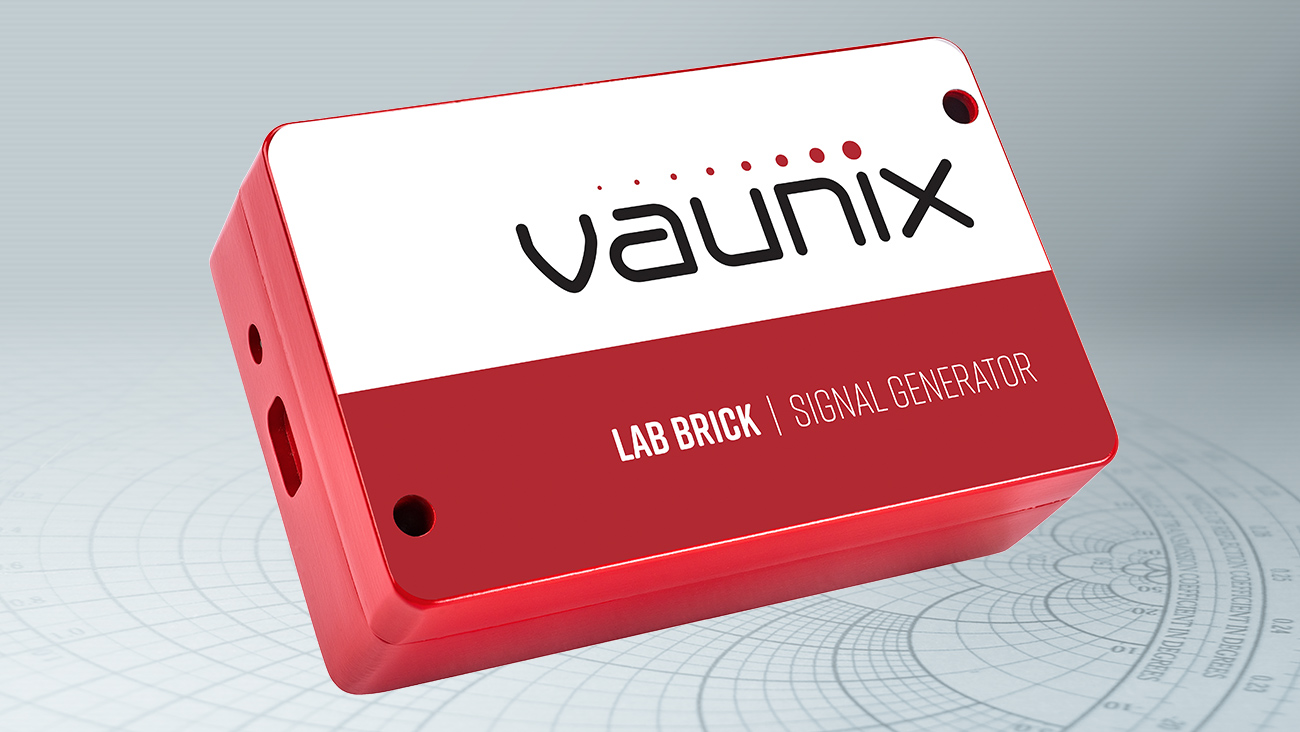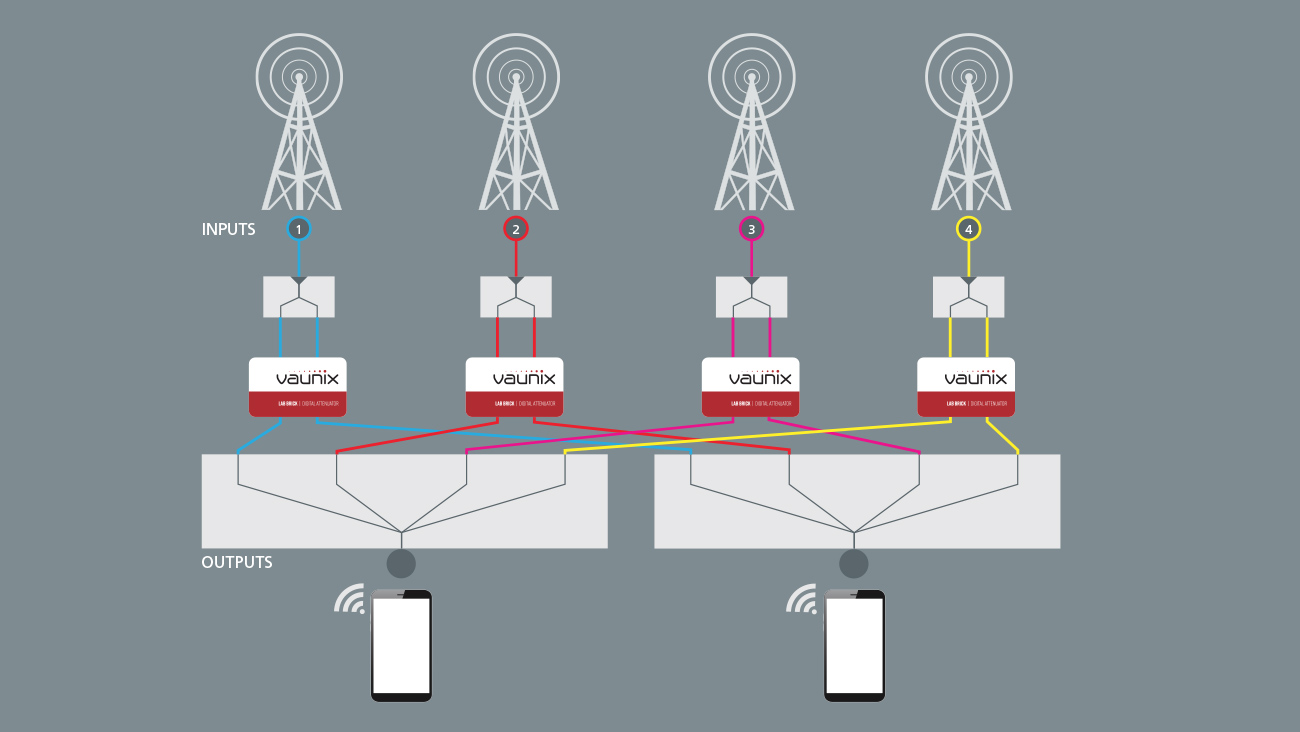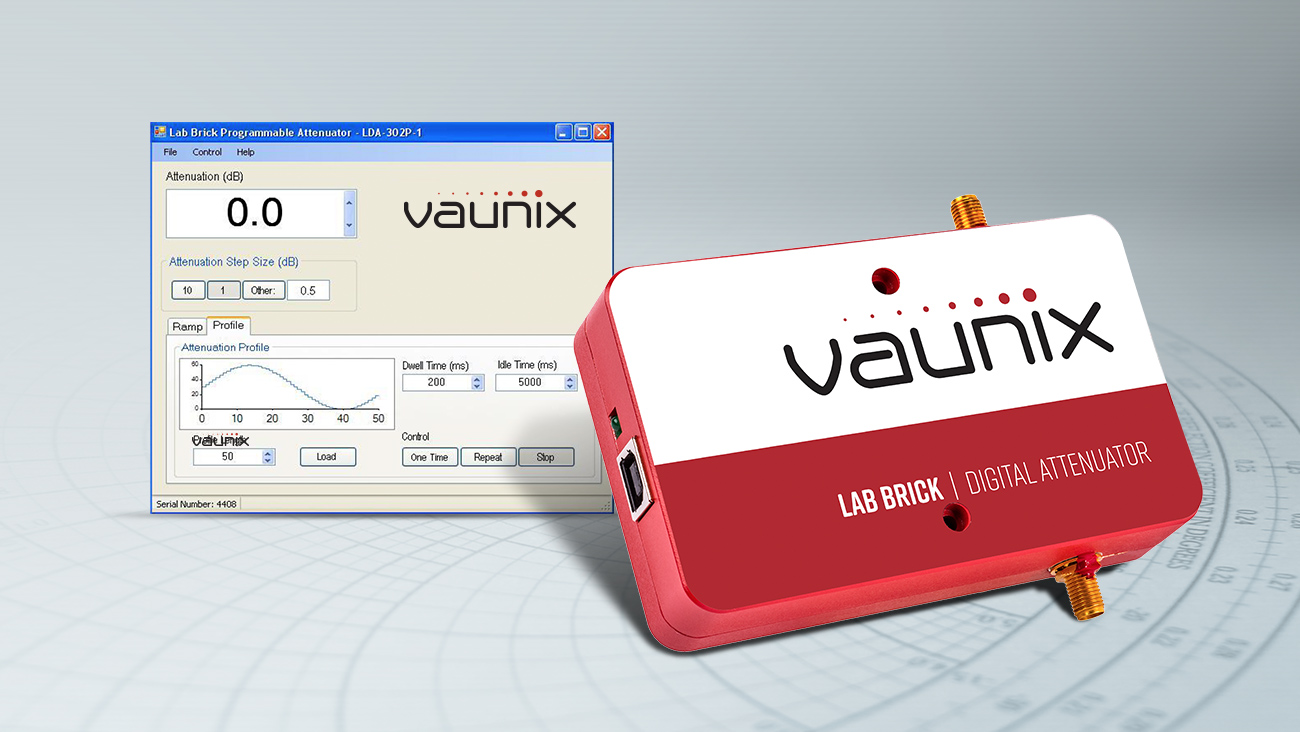Fluidmesh Throws a Lab Brick at Speeding Trains to Solve Their Mobilized Wi-Fi Handover Testing Challenge

All over the world passenger and commercial rail systems are operating at ever-increasing speeds and with magnitudes greater wireless communication signal requirements. Looking to seize an opportunity, Fluidmesh had an idea. This Italian design/manufacturer of Wi-Fi solutions known for bringing broadband connectivity to sites and in environments that are among the most challenging to connect, such as large-scale industrial sites, distributed infrastructures, and complex urban environments, has become the most innovative provider of mobile Wi-Fi networks for rail systems around the world. In the following example, Fluidmesh took on the challenge of creating seamless Wi-Fi for the myriad of needs a high-speed rail service. Their solution now includes uninterrupted Wi-Fi for passengers, computer-based train control (CBTC), safety and security video streaming, and diagnostic data transmission, to name a few. The key problem they encountered along the way however, was creating Wi-Fi and other wireless handover test simulations that would accurately represent the real-life conditions of a network of crisscrossing and speeding trains, and both mobile and fixed base stations.
The Challenge: How to Simulate Make-Before-Break Handovers Among Trains in Motion
For Fluidmesh to deploy an efficient Wi-Fi system for rail, it needed a sophisticated communication system that allows their radio signals to hop from one antenna to another while trains move naturally. To this end, Fluidmesh created a radio that used a set of predictive algorithms to keep and hold the best signal strength and bandwidth while simultaneously moving to the second radio before leaving the first in a make-before-break handover.

While Fluidmesh was developing and mastering the radio during their research and development phase, their next big challenge was being able to create a simulation of the multitude of nuances that would happen in real time when the radios were deployed on trains. They had to contend with a dynamic environment with many transitions—left turns, right turns, moving nearby and far from an antenna—to effectively simulate the roaming of the onboard radio. Meanwhile, simulation also had to consider all of this is happening in a crowded environment full of obstacles, such as tall buildings or mountains, that can absorb and reflect signals. Not to mention other moving vehicles and electronic devices that could interfere with signals. In the past, Fluidmesh's Research and Development (R&D) team of engineers only effective way to simulate this was by manually adjusting the signal strength of the radios while riding the trains themselves and recording the data in real time. This was an arduous and time-consuming exercise and the reason why they set out to develop a versatile and flexible wireless handover testing system that would simulate the same activity efficiently, and with hopes of it not costing a fortune to develop.
The Solution: A Lab Brick Programmable Digital Attenuator
After an intensive search for test instruments that could be integrated into a test bench ATE solution for creating this simulated mobile wireless environment, Fluidmesh’s R&D team realized that a critical component would be attenuators featuring low cost and simple programmability. A Google search revealed Vaunix’s Lab Brick digital RF attenuators. Intrigued by the promise of being a surprisingly straightforward solution to their complicated problem, they ordered evaluation models and initally settled on Vaunix’s LDA-602 Lab Brick attenuator as the ideal solution. The LDA-602 is a 6 MHz to 6 GHz, 50 Ohm programmable and portable digital attenuator offering an input power of up to +22 dBm and an attenuation range of 63 dB.
Fluidmesh's team quickly discovered how the portable and easily programmable LDA-602 allowed them to perfectly attenuate their RF signals and simulate RF signal fading they had witnessed when the trains moved between various antennas, and among obstacles.

As the testing progressed, certain applications drove the need for even more precise attenuation control. For these applications, Fluidmesh utilized the Vaunix LDA-906V due to the 90 dB control range and an impressive (and critically important) step size of 0.1 dB. Vaunix also created a customized 8 channel GUI for Fluidmesh to simplify what could otherwise be very complicated MIMO test applications.
“The Lab Brick attenuator was really easy to setup,” said Andrea Orioli, a Co-founder of Fluidmesh and VP of Operations. “It was truly as simple as plugging in a USB cord and allowing the automated software to set up.”
With the Lab Brick attenuators in-hand and mastered, Fluidmesh’s engineers were able to quickly move ahead. They integrated them with their existing wireless network ATE system and were able to create the simulated environments and repeatable mobilized scenarios they needed. They were able to test network performance theories and adjust their base station equipment and radios with ease. This reliable simulation also became the key to the development of a new signal transmit/receive algorithm that allowed their technology to mature quickly and speed their integrated, mobile Wi-Fi solution to market.
Results
Thanks to this new approach, Fluidmesh reached two main objectives. First, the capability to set up an easy-to-deploy simulation system for their mobile environment. Second, they achieved an incredible increase in system testing efficiency, estimated to be a 70%-time reduction in testing compared to previous methods.
Multi-path Fading Simulation Defined
Fading is the effect of broadcasted signals being attenuated and dispersed by various media in the environment. (Two similar, but distinctly different examples would be the in/out nature of a soon-to-be-dropped call as 1. You’re driving somewhere remote and cell towers are not close enough to make a leap before breaking the connection, and 2. Another call you’re holding while driving around dense city where direct line of shot of you to a cell tower is blocked by buildings.) In either of these scenarios, your transmitted signal is being broken up into multiple paths, and each resulting copy of it will invariably have slightly different amplitudes, delay, and phase shift. This often causes an undesirable doppler effect. The efficiency with which a cellular or wireless network handles multipath induced fading is a vital component in assessing the quality of any network. As it frequently occurs in real environments it requires a pre-engineered fading simulation solution.
The International Telecommunication Union (ITU) provides standard methods and guidelines to simulate environments that generate multipath fading issues. ITU-R P.530 includes environments, such as urban, suburban, and rural area simulators. The mathematical models of the random process of fading has evolved into several fading profiles including rayleigh, rician, lognormal, and others. These fading profiles can be applied to the 2nd generation and 3rd generation cellular networks, such as GSM and UMTS/WCDMA. There are several techniques to apply these fading simulators in a test environment, with the most popular being leveraging a vector signal generator (VSG) with digital baseband inputs and fading options. For many applications, however, this equipment is cost and time prohibitive.

Tips on Creating Your Own Low-cost Programmable Handover Testing Platform
As fading is a significant factor in handover testing, and a challenging cause of handoff is a target simply moving out of the range of coverage for a particular cell, sophisticated protocols and modeling must be established. It is important that hardware for testing these protocols remain modular to maintain a level of customization as these technologies and situations constantly evolve. In handover testing, digital/programmable RF attenuators can interconnect base stations for the ability to attenuate each individual path and model the effects of fading. This is possible by controlling factors such as signal strength, signal quality, and signal drops. This allows network engineers, like those at Fluidmesh, the ability to simulate specific handover scenarios and to confirm the relative quality of a network connection.
How Many Digital RF Attenuators Will You Need?
The number of programmable attenuators in a handover test system correlates directly with the functionality of the system. The more interconnected paths between ports in a test set-up, the more digital attenuators that are required.
Lab Brick programmable attenuators are ideal for fading simulation applications where multipath scenarios are typical, such as in handover testing. The key features Fluidmesh and other designers depend on from Lab Brick Attenuators include:
- Calibrated operation up to 20 GHz
- Single channel, 4-channel and 8-channel devices
- Programmable fixed or swept attenuation ramps
- Bi-directional RF step attenuation
- Optional 50- or 75-ohm operation
- Easy powering and control from a PC or self-powered USB hub
- Simple to use GUI, API DD and LabVIEW drivers
- Compatibility with Microsoft Windows, Linux and MacOS
- Easy to install and operate
Next Steps:
Download our Tech Brief on handover testing and multipath fading.
Get a quote on a custom integrated wireless handover testing system rack unit from Vaunix.
Shop for Lab Brick programable digital RF Attenuators.
Programming Lab Brick Portable RF Digital Attenuators
Few instrument set-ups are complete without attenuators, as without them your ability to evaluate the performance of your device under different conditions would be severely limited.




